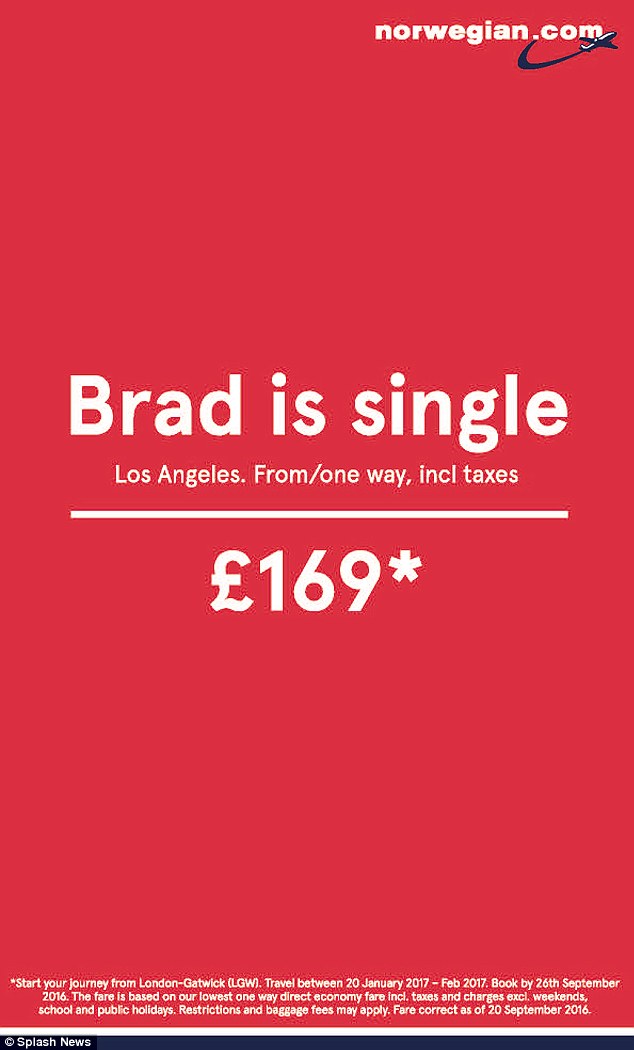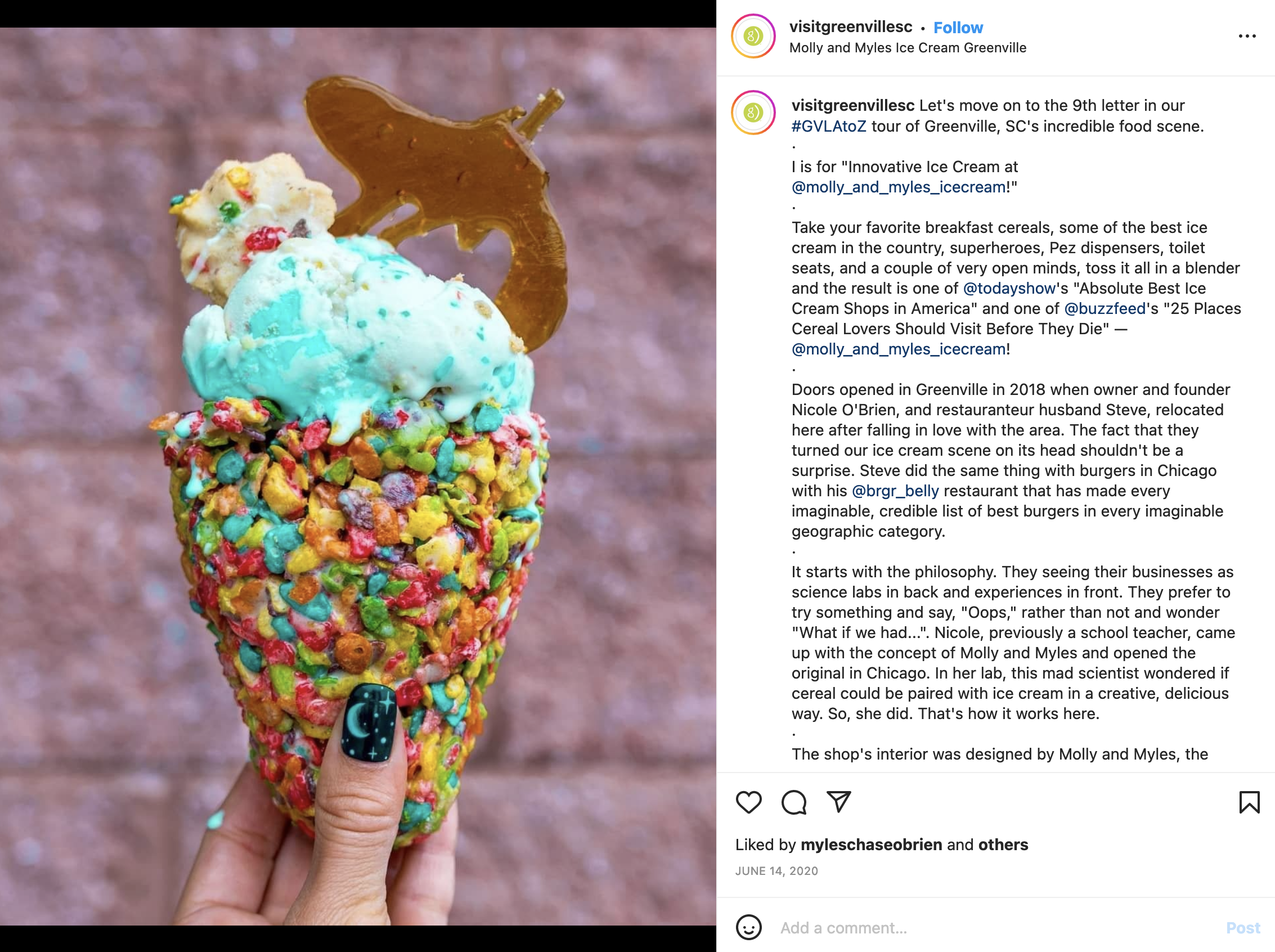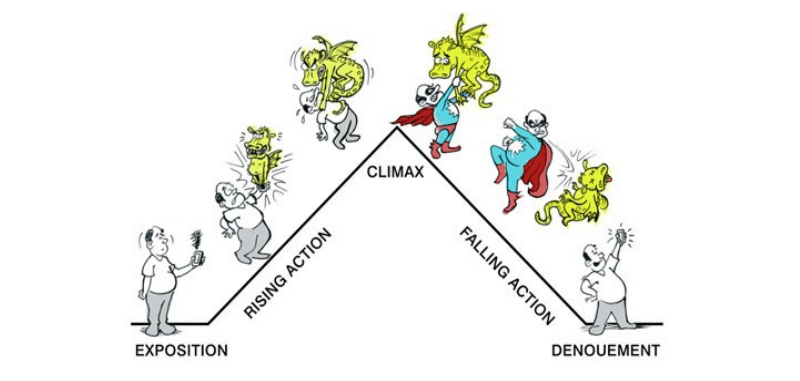Your pitch deck is your ticket to getting your campaign started. Including the correct information in your pitch deck can help you hit the ground running.
Here are a few tips to help you create a winning pitch deck.
- Consider you audience
- Focus on your message
- Use your numbers and data to tell a story
- Pack an emotional punch
- Convey a sense of urgency
- Keep it short, simple and honest
- Make sure it looks great.1
Where is copywriting applied?
There are nine types of copywriting every marketer needs:
- Website copywriting
- SEO copywriting
- Product copywriting
- B2B copywriting
- B2C copywriting
- Direct response copywriting
- Ad copywriting
- Social media copywriting
- Creative copywriting.3
7 Copywriting tricks to consider for selling more
Here are your top seven copywriting tricks to boost an online store page’s conversion:
Craft a headline and a subhead

Apart from a quality photo demonstrating your product's key benefits to customers, they’ll pay attention to a headline and a subhead of your online store page. Not only do these two elements tell visitors what they’ll find there, but they should also engage them to learn more.’4
Focus on benefits, not features

When writing a product description on your page, say no to listing the bare facts about its features. Please think of how they anticipate your customer’s pain points and how they can benefit from using your product.
Tell a story

A store website must generate emotions in visitors to convert. We know emotions, not facts and figures about your goods, impact buyer behaviour and decisions. Use storytelling and narrative essays to evoke desired emotions from your customers.
Write in natural language and a friendly tone
Write as if you were talking to a friend. When reading your online store page text, a visitor should feel comfortable, and not stumble at every word. Natural language and a friendly tone help a customer connect with your brand.
Use words and expressions you would say to your friend about a product you describe. Be straightforward. Avoid complex definitions and tech terms. You want everyone to understand exactly what you have to say.
Use power words

Power words are lexical items that elicit an emotional response naturally. In the case of sales, they increase conversion too. Why? That is because such words help people “see,” “smell,” “taste,” or even “feel” your product: They are descriptive enough to convince a customer that your offer is worth a purchase.
Answer a customer’s questions
Choose a good one to place on your online store page so that it can answer customers’ questions. Or, if you have enough resources, think of a live chat option so that page visitors could communicate with a real person who would help them decide on a purchase and take the desired action.
Make your page easy to scan
Did you know that online users read only about 16% of what they see on a page? That’s because of content shock (we have too much info to consume today) and a short attention span (you have only about 5 seconds to catch and hold a reader’s attention).
“With that in mind, write your product page content to make it easy for visitors to scan. They should be able to find the core information quickly, without wasting time surfing around.
A good example of a well-thought copy comes from Norwegian airlines. When Brangelina split in 2016, low-cost airline Norwegian Air wasted no time advertising low fares to Los Angeles with the copy, “Brad is single.” This is a great example of on-point copywriting. It was headline news at the time, so little content was needed.’5


What is Narrative Marketing?
By telling your customers' stories, narrative-based marketing aims to create empathy in your audience. Narrative Marketing is a customer-centric model. It focuses on their daily struggles, triumphs over adversity, and the fundamental emotions that underlie it all.
The customer is the hero of the narrative, not us.
Before you start writing, answer these five questions:
- Who is your main character?
- What do they want?
- What is getting in their way?
- What is at stake?
- How do they get what they want?
Now, let us see how we can adapt those questions to a Marketing perspective:
- Who is your main client?
- What is their pain point?
- How can your product/service heal their pain?
- What happens if the pain persists?
- How can they get the product/service?
Narrative techniques
A narrative technique is a simple technique that shows your customer where they are currently with their pain and then shows how they can change for the better.
The before and after story
- The Before - start by relating to your character and detail, or show them you understand and care about their problem.
- The After - explain how much easier and better their life could be if they didn't have that problem. Make it clear that this side of the fence is much better than the side they are currently finding themselves on.
- Bridge - The last step, provide your reader with an easily obtainable solution. The solution is the bridge that gets them from their side of the fence to yours.
Testimonial story
- This technique revolves around convincing your lead of the advantages of your product through the psychological principle of Social Proof
- You get personas that your Target Audience can relate to, and they tell how your product/service was life-changing to them.
The hypothetical story
- It is about making your character ask themselves: “what if?”
- The story unfolds by showing how the possibilities will impact their choice. This can be about a negative or positive scenario.
Find the Stronger Version of You at Gold’s Gym

It is quoted as “An unconventional ad to show how solid you can become with Gold’s Gym.” The copy accompanying the ad is not pictured but is read. With their conventional print advertisements, there is less urgency for calling-to-action for gym ads like Gold’s gym.
Metaphor/Analogy
- With this technique, you can go nuts with hyperbolism/exaggeration. Try to translate the pain point and the product experience to a new level.
- Use absurd comparisons to entice your customer. Crazy metaphors tend to stick better to the unconscious collective.

The Time and Place Story
- This is a technique more focused on the setting. A situational scenario that involves a specific place and time.
- You open the story by introducing these two pieces of information to place your characters.

How to tell a story?
We are duty to the quality of the content we produce as storytellers and marketers. How can you include storytelling in your marketing?
Establishing your content's structure is the greatest initial step. The Freytag Pyramid, also known as a Narrative arc, is an effective way to accomplish that.

Check out the following example of Freytag’s pyramid of the dramatic structures as the five dramatic arcs of the movie Shrek.
- Exposition: swamp is taken over by fairytale creatures
- Rising action: Shrek leaves the swamp to get rid of invaders
- Climax: Shrek finds out that Fiona is an ogre like him
- Falling action: He travels back to the castle to crash the wedding
- Denouement: Shrek returns to the swamp with Fiona and Donkey
The hero’s journey
During uncertain times, who does not adore a hero? Brand storytelling can be elevated to a new level when content marketers utilise the "hero's journey" to assist their clients in overcoming impossible obstacles.
- Every story worth reading has a hero.
- Every hero shares a common journey – only the names, dates, and places differ.
- Status Quo: This is where everything begins. We get to know the hero’s daily life, what they do, and their aspirations.
- Call to adventure: Our hero receives an invitation (which they may refuse, at first). This is the turning point that will make them travel to the Special world.
- Assistance: Our hero needs help. This assistance usually comes in the form of someone older, wiser and more experienced.
- Departure: The hero must leave their Ordinary World behind and cross the threshold into the Special world.
- Trials: The hero will gain strength and experience through trials and challenges that will help them grow.
- Approach: The hero learns something sinister about their purpose. They must take action and stop whatever it is from happening.
- Crisis: The hero must muster all the resilience they have left and keep going, despite being dead (sometimes).
- Treasure: The hero gets their hands on the final piece of the puzzle, the one element they need to fulfil their destiny.
- Result: After learning a lot and growing during their journey in the Special World, the hero acquires their newfound skills and gets ready to return to the Ordinary World.
- Return: The hero returns home to their Ordinary World.
- New Life: The hero is back home but they have changed. Their newly acquired knowledge and skills will prove useful in their new life back where they came from in multiple ways.
- Resolution: The story ends, and the hero has their wish fulfilled (most of the time). They have changed during this journey and can now return to the Status Quo where they began.
As you should have noticed by now, the keyword in storytelling is: CHANGE.
For some companies, positioning the brand as a hero helps them stand apart from competitors as someone remarkable, an innovator. Look at Michelin’s advert “The Right Tyre Changes Everything” and see if you can identify the steps in the hero’s journey.
Narrative arc
An existing client of yours is looking to increase engagement and conversation for their product or service on various digital platforms.
They require you to write a narrative arc that fits one of these digital platforms.
Requirements
- Choose one narrative technique from the list below or research a technique that may fit a specific media channel or platform (such as YouTube or Television).
- Write a narrative arc for an existing persona to market a product or service of your choice on a digital platform.
Narrative Techniques
- The before and after story
- Testimonial Story
- The hypothetical story
- Metaphor or analogy
- The time and place story
- Make your customer the hero.
Share your narrative arc with your peers on the forum.

